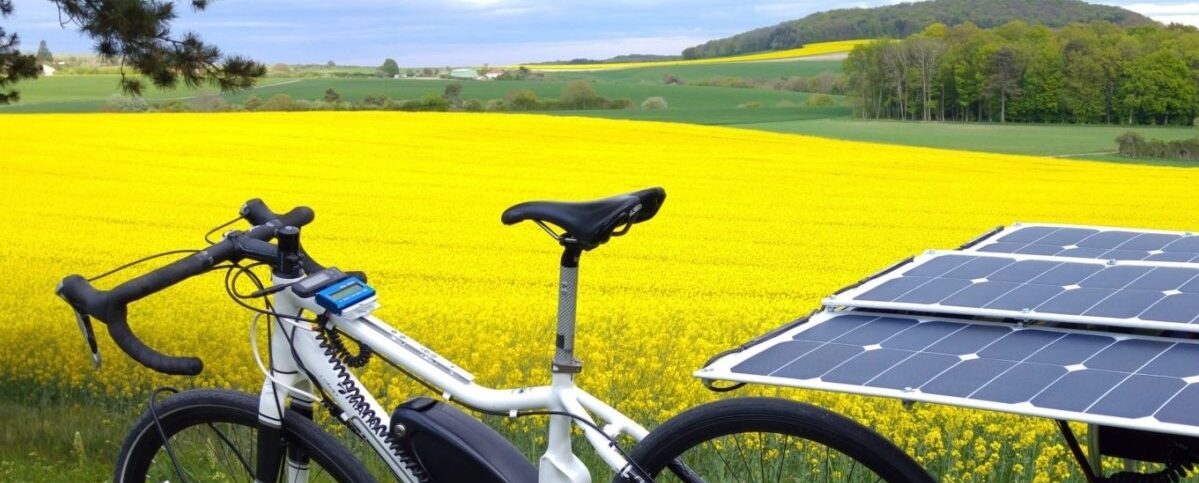Meeting with a future suntriper !
Jean-Louis came to see me with his solar bike, he lives a few kilometers from my house and I didn’t know it! He’s a good handyman: equipped with a lathe, he made all the aluminum parts he needed, he built and programmed a databox. Sporty and active in the associative world, he has no time […]
Meeting with a future suntriper ! Read More »
